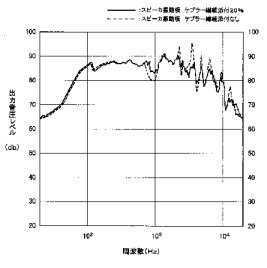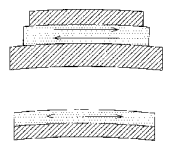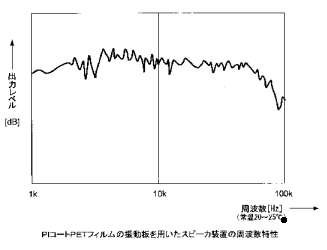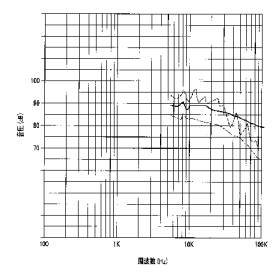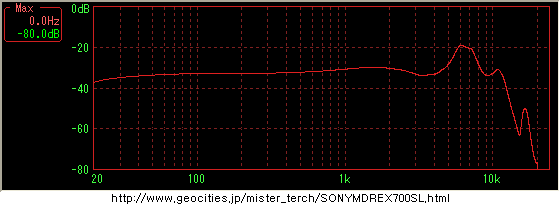So from reading the paper your take on it is flipping a coin 4 times with 4 tails results = 1/16 chance. Then can I ask why there are statistics in it such as p=0.006?
Some of them are actually wrong according to my calculations and (without being immodest) I have rather more background in stats and experimental design than the main author, but it is all about how you roll the numbers up, my point was that 4 trials per individual is insufficient for statistical significance, this is why a minimum of 10 or better 14 to 20 is normally reccomended.
Plus... why is it then a peer reviewed study in the AES journal? Which seems to be 'the' qualifier for 'science' along with dScopes, blind testing and null hypothesis, if I'm taking in all the recent hype correctly.
Actually is not a journal paper, it is a conference paper, the rules are a bit more relaxed for conference papers i.e a paper that would not make a journal can be accepted for a conference on grounds of interesting findings (I review conference papers) even if there are minor issues with it, also even journal papers are not necessarily perfect i.e not holy writ, I should know I have several of those - M and M is a journal paper (Engineering Report: JAES Volume 55 Issue 9 pp. 775-779; September 2007) and you dont think that is perfect do you ?
Generally if you have a really strong paper you put it in a journal, often you can start with a conference paper gauge the response and if it is good enough beef it up for primetime (adding enough to make it a different paper as you really are not supposed to publish the same paper twice) P and G seem to have done this with a paper on engineers. Pras is a PhD student and recorder/producer .
Don't think I hate the paper, it is an interesting paper, I just dont think the data supports their big conclusions - see below

